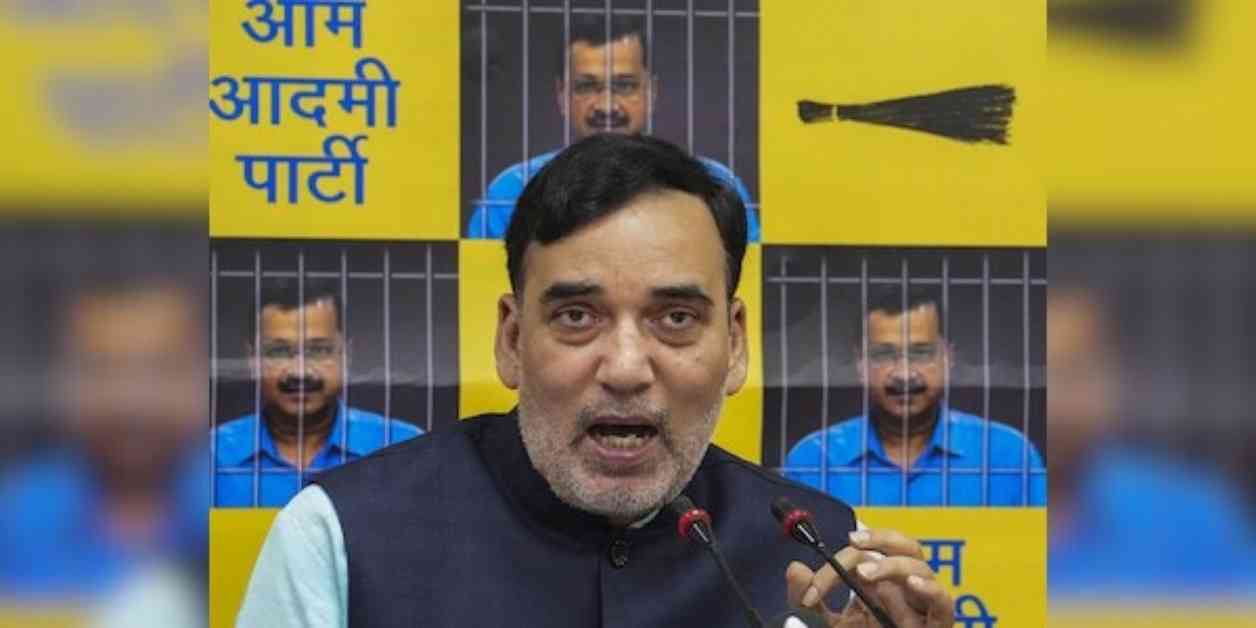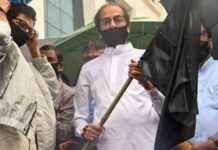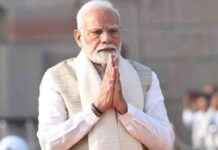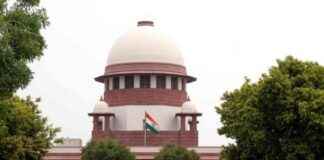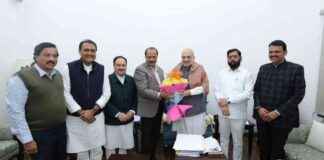Delhi Government Unveils Comprehensive Winter Action Plan to Combat Air Pollution
Delhi Environment Minister Gopal Rai recently announced the Winter Action Plan, aimed at reducing pollution in the city during the upcoming months. The plan includes a range of innovative measures such as the odd-even scheme and artificial rain, which are set to be officially released on September 27.
In a significant move, the government will be utilizing drone technology for the first time this year to monitor pollution levels at 13 identified hotspots across Delhi. This high-tech approach is expected to provide real-time data crucial for effective pollution control measures.
The Winter Action Plan, scheduled for unveiling later this month, targets pollution hotspots, vehicle and dust pollution, industrial emissions, and introduces emergency measures to combat severe pollution spells. It is based on 21 key focus points that were identified during a meeting between the Environment Department and the Delhi Pollution Control Committee (DPCC), chaired by Minister Gopal Rai at the Secretariat.
“To effectively combat winter pollution, the government has intensified its preparations and identified 21 priority areas that will guide our actions in the coming months,” emphasized Rai, highlighting the importance of coordination between various agencies for successful implementation.
The plan encompasses various strategies, including controlling dust pollution, reducing vehicle emissions, managing stubble and garbage burning, enhancing the Green War Room, and improving the Green Delhi App for increased public engagement. Additionally, a special task force will be formed to oversee pollution control efforts, and a real-time source apportionment study will be conducted to better understand pollution contributors.
Moreover, the government plans to increase the city’s green cover through tree plantation drives and establish India’s first e-waste eco-park as part of a broader strategy to combat pollution. Crackdowns on firecrackers and open garbage burning, stricter regulations for industrial pollution, and collaboration with neighbouring states and the Central government are also key components of the plan.
Various departments have been assigned as nodal agencies for specific tasks, with the Public Works Department and the Municipal Corporation of Delhi responsible for controlling dust pollution and operating mobile anti-smog guns. The Traffic Police and Transport Department will focus on checking vehicle pollution, while the Forest Department will work towards enhancing the city’s green cover.
Additionally, the government is contemplating work-from-home options for private organizations and adjusting office timings as supplementary measures to reduce pollution during peak months. These initiatives aim to minimize the impact of pollution on public health and the environment, showcasing a holistic approach towards combating air pollution in Delhi.
Implementation of Innovative Measures
One of the key highlights of the Winter Action Plan is the implementation of innovative measures to tackle air pollution in the city. The odd-even vehicle scheme, which restricts the movement of vehicles based on their registration numbers, has proven to be an effective strategy in the past. By alternating the days when vehicles with odd and even numbers can operate on the roads, the scheme aims to reduce traffic congestion and vehicular emissions, thus improving air quality.
Moreover, the introduction of artificial rain as a means to combat pollution is a pioneering step towards addressing the issue. By inducing rainfall through cloud seeding techniques, the government aims to settle pollutants and particulate matter present in the air, effectively reducing pollution levels. This innovative approach demonstrates the government’s commitment to exploring unconventional methods for pollution control.
Focus on Pollution Hotspots and Emergency Measures
The Winter Action Plan places a strong emphasis on targeting pollution hotspots across Delhi to effectively address localized sources of pollution. By identifying areas with high pollution levels, the government can implement targeted measures to curb emissions and improve air quality in these specific locations. This targeted approach is essential for combating pollution effectively and ensuring that resources are allocated where they are most needed.
In addition to addressing pollution hotspots, the plan includes provisions for emergency measures to be implemented during severe pollution spells. These measures, such as the odd-even vehicle scheme and artificial rain, are designed to provide immediate relief during periods of heightened pollution levels. By having contingency plans in place, the government can respond swiftly to deteriorating air quality and protect the health of residents in the city.
Enhanced Coordination and Public Engagement
Central to the success of the Winter Action Plan is the coordination between various government agencies and departments involved in pollution control efforts. By fostering collaboration and communication among stakeholders, the government can ensure a cohesive and integrated approach towards combating air pollution. This coordinated effort is crucial for the effective implementation of the plan and achieving measurable outcomes in pollution reduction.
Furthermore, public engagement plays a vital role in the success of pollution control measures. The Green Delhi App, which will be enhanced as part of the plan, serves as a platform for residents to stay informed about air quality levels, report pollution incidents, and access relevant resources. By actively involving the public in pollution monitoring and mitigation efforts, the government can create a sense of shared responsibility and empower individuals to contribute to a cleaner and healthier environment.
In conclusion, the Delhi Government’s Winter Action Plan represents a comprehensive and proactive approach towards combating air pollution in the city. With a focus on innovative measures, pollution hotspots, emergency response, enhanced coordination, and public engagement, the plan aims to address the complex challenges posed by pollution effectively. By implementing a combination of targeted strategies and collaborative efforts, the government is taking concrete steps towards improving air quality and safeguarding the well-being of Delhi’s residents.
